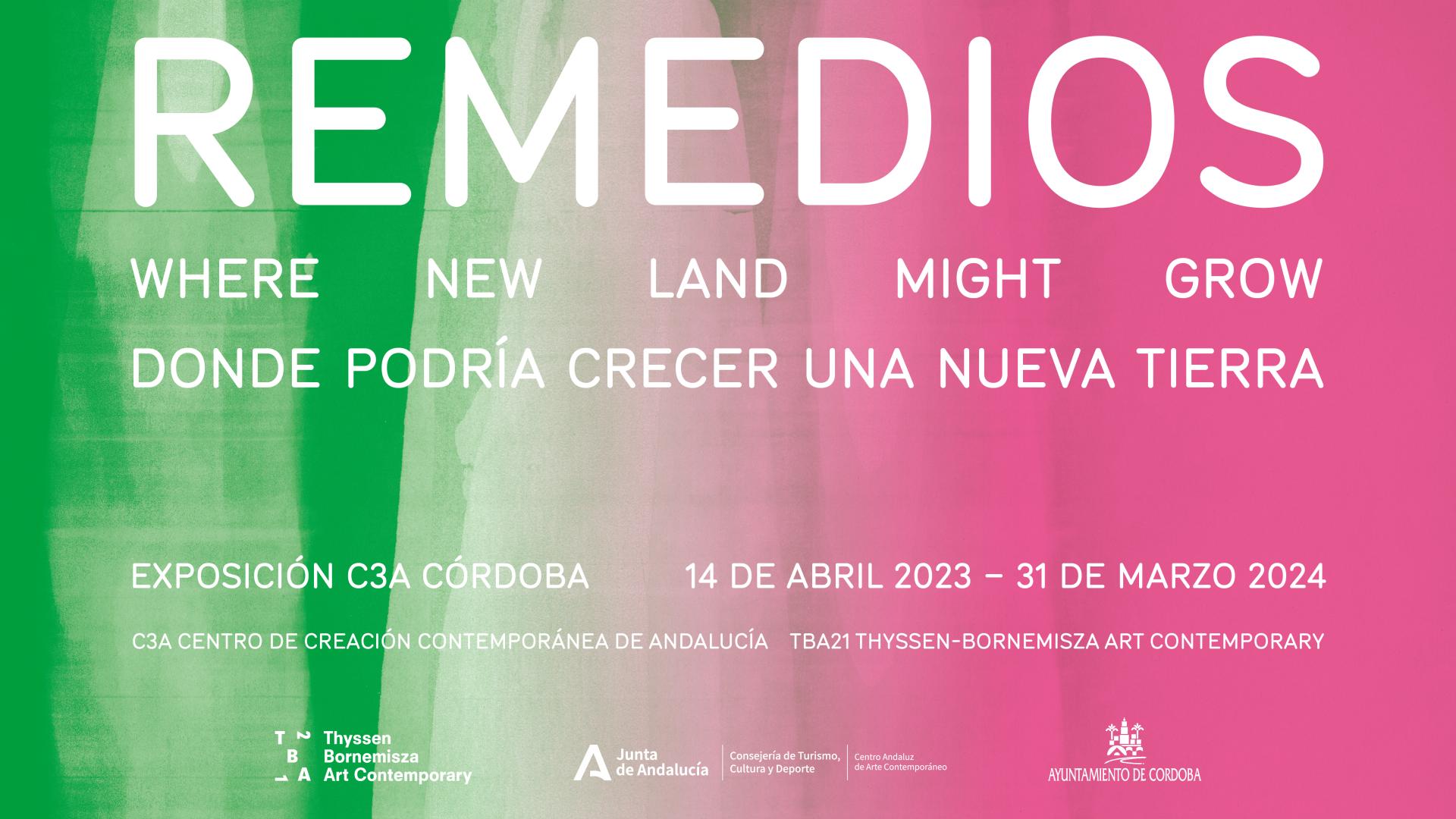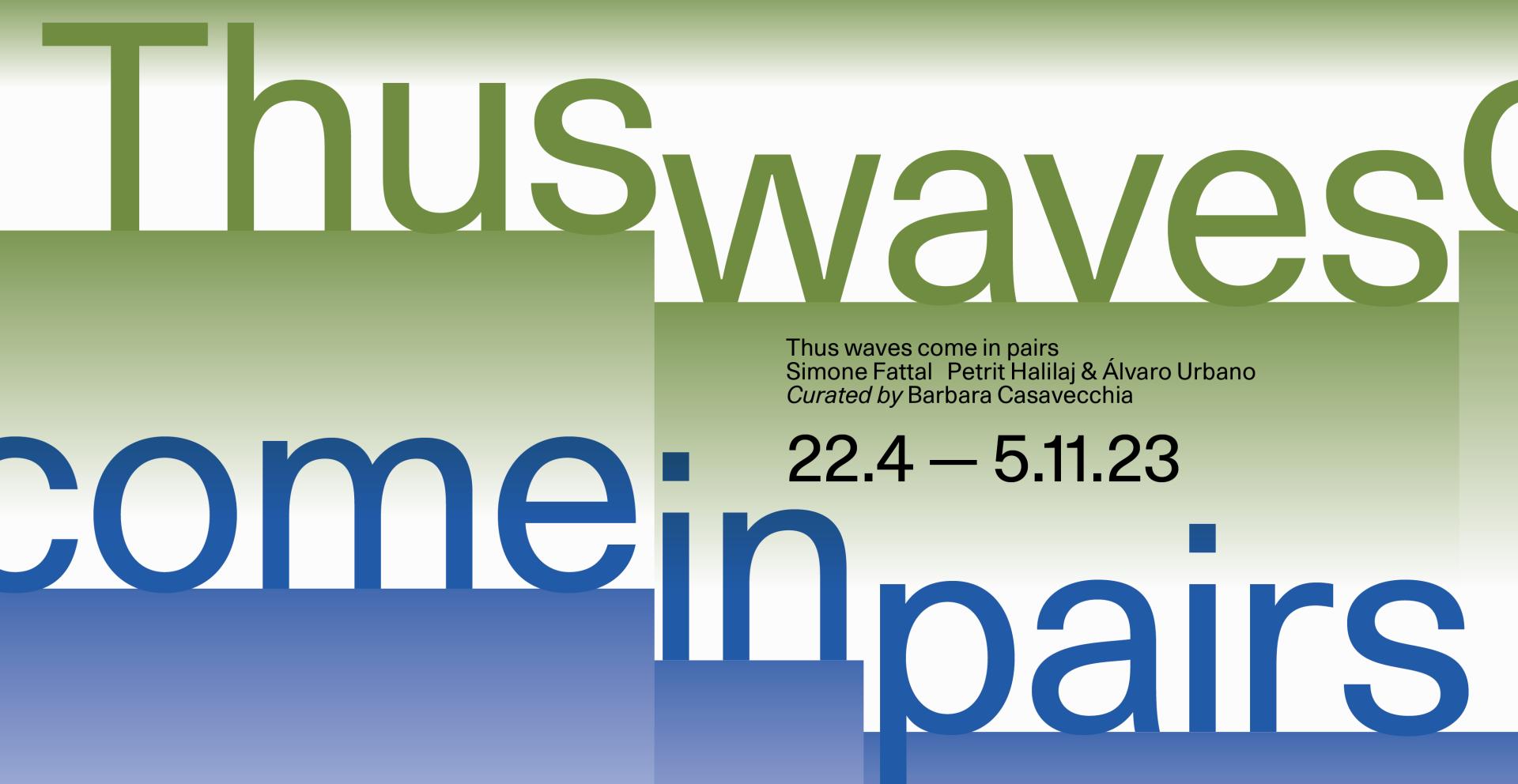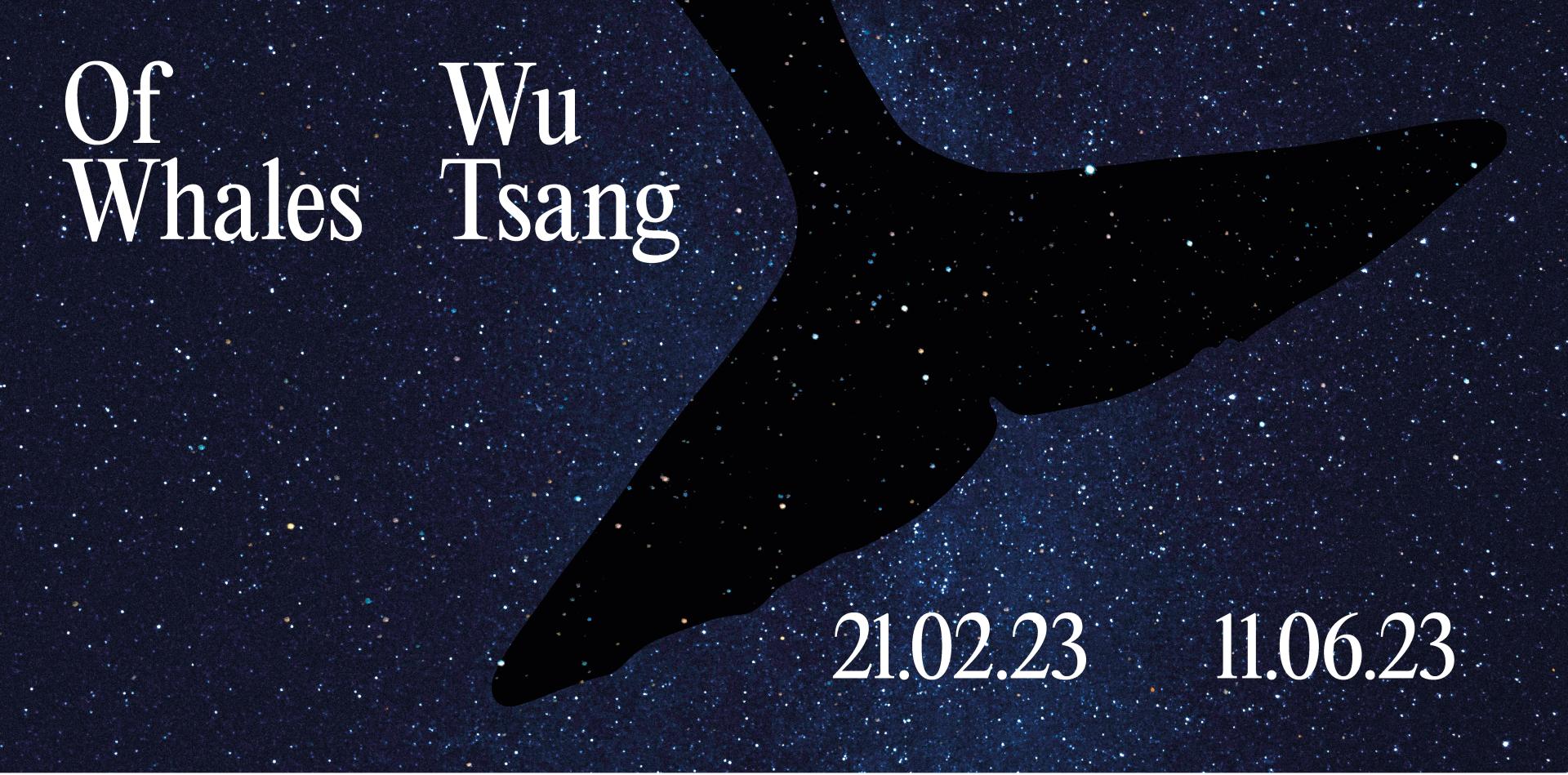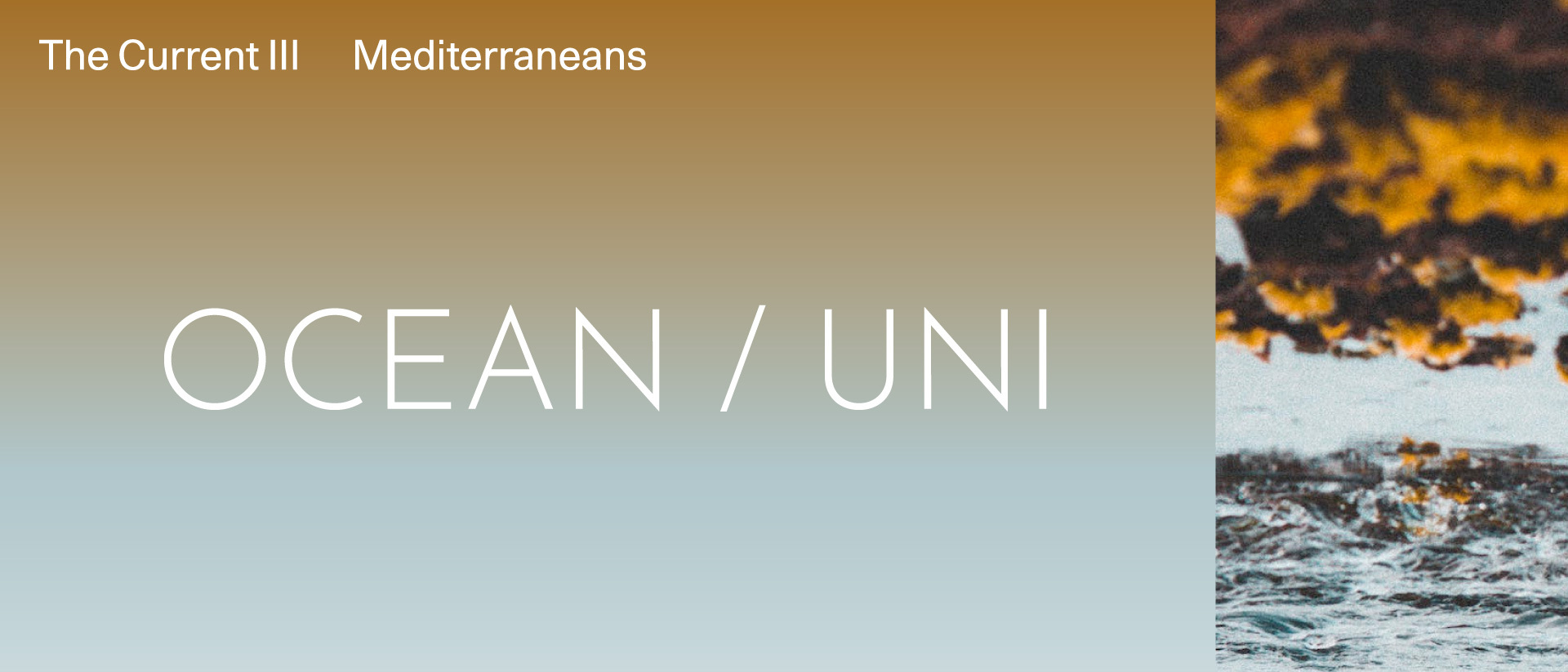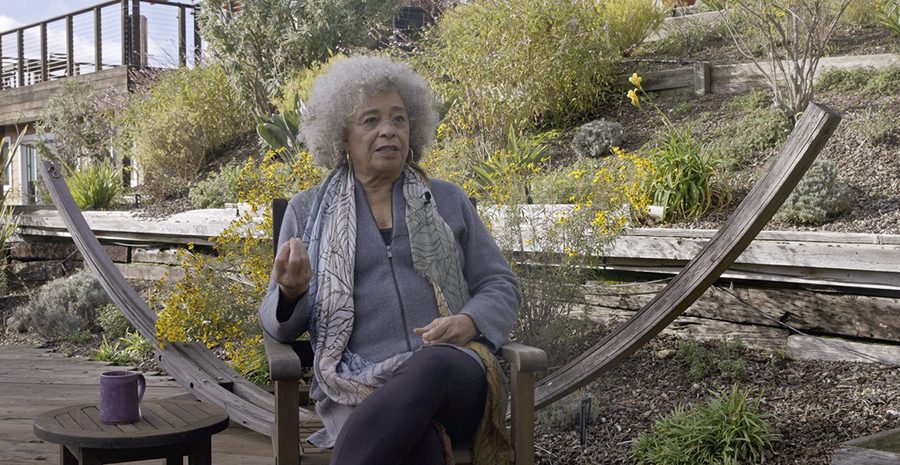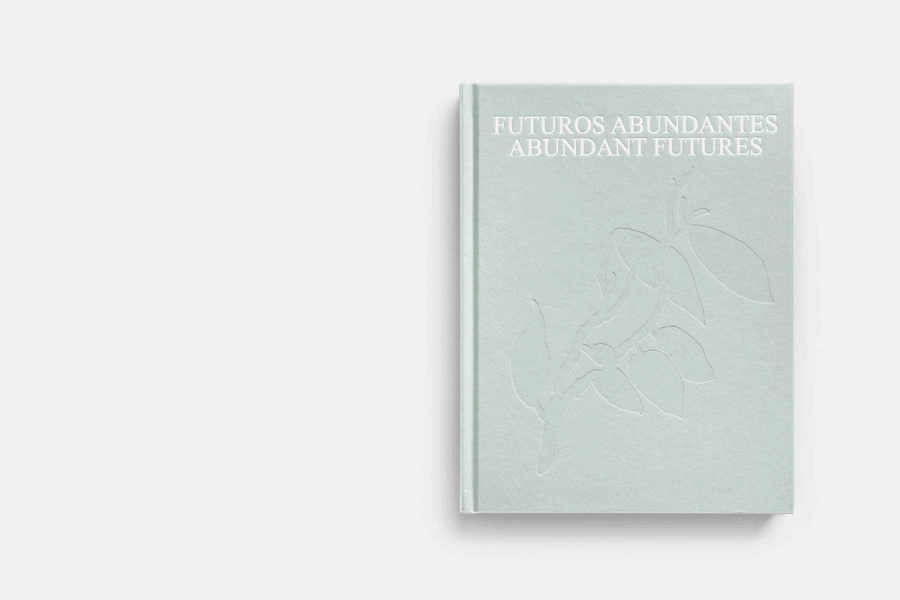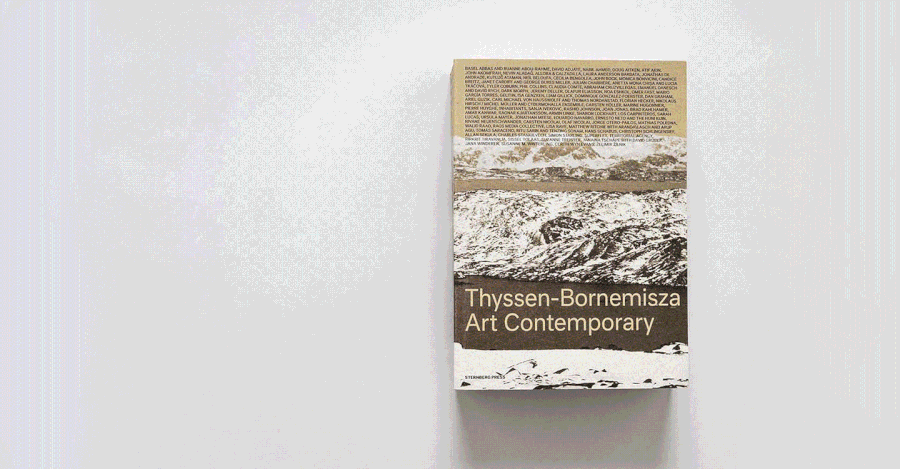Asunción Molinos Gordo
Barruntaremos, 2021
Barruntaremos, 2021
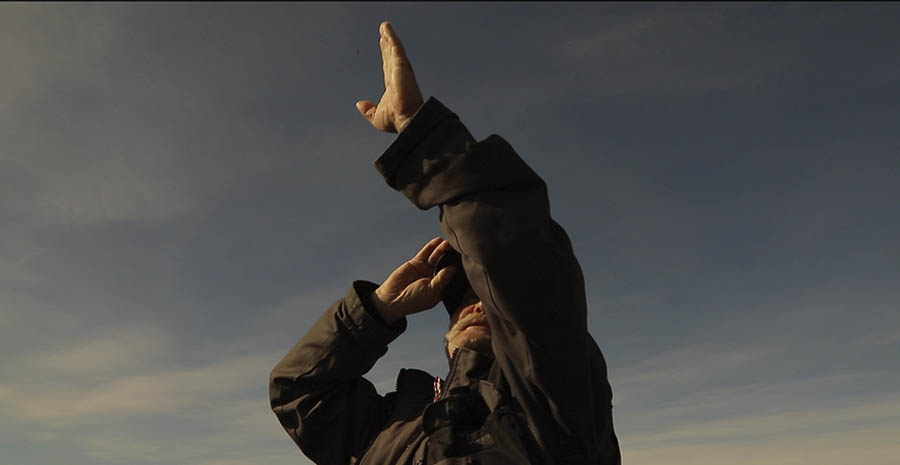
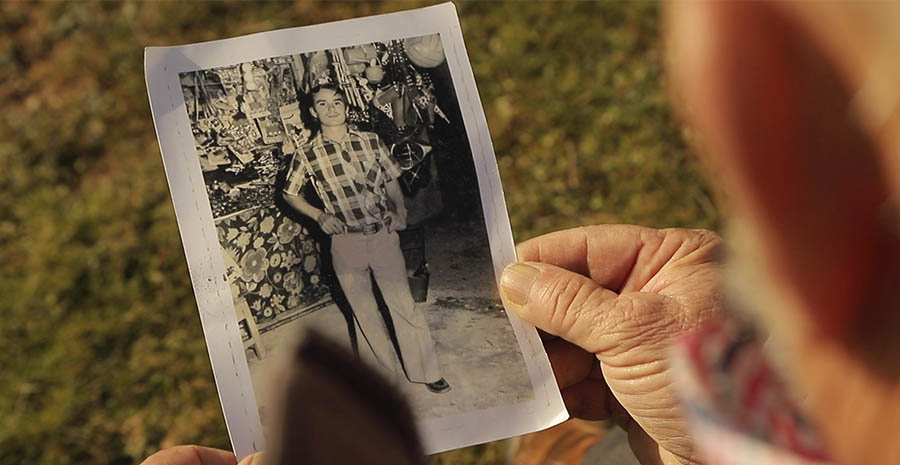
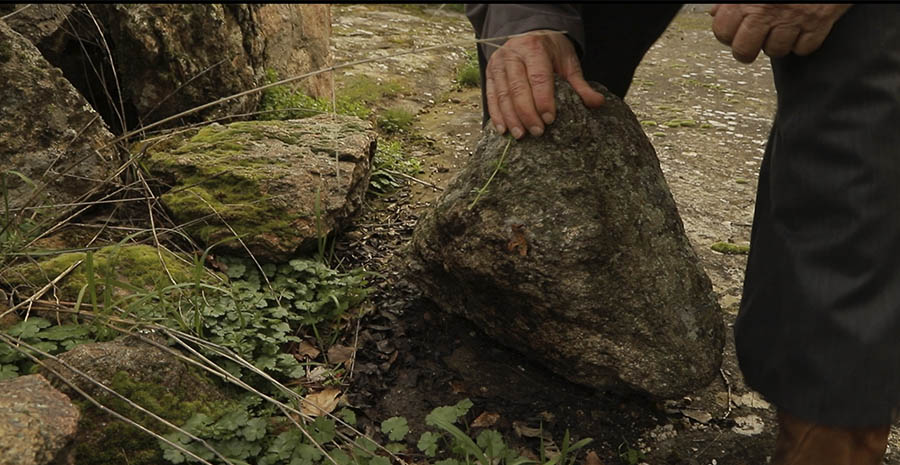
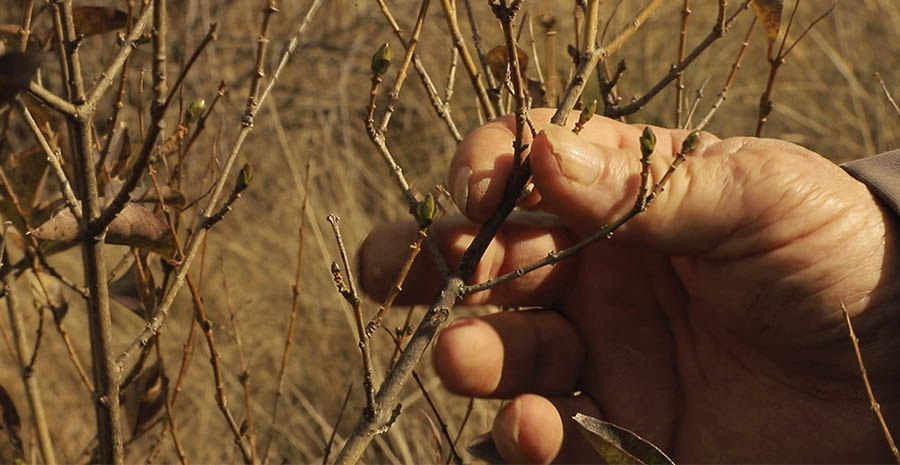
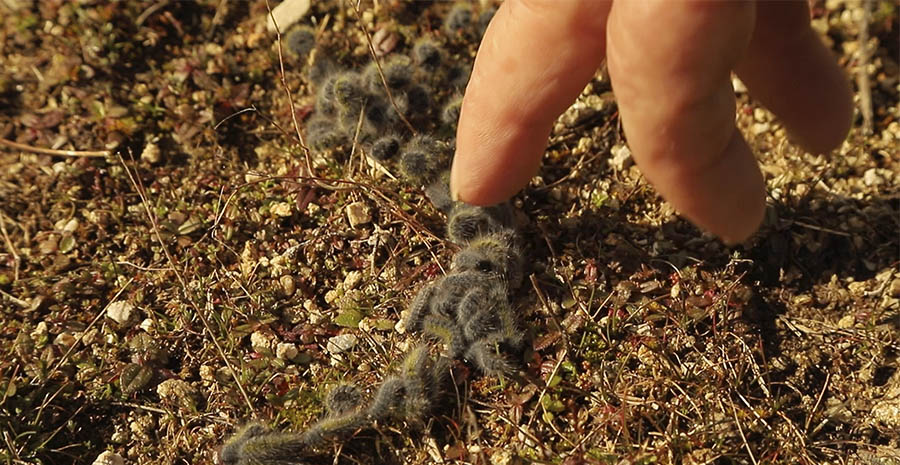
Past
TBA21 on st_age
Digital
EN/ES
Single-channel video, color, sound, 9:38 min
Video: Sonia Pueche, sound: Alberto Carlassare
Commissioned by TBA21 Thyssen-Bornemisza Art Contemporary for st_age
Barruntaremos (from the Spanish verb barruntar, meaning to conjecture, foretell) is a video that looks into inhabiting the world and sensing landscapes otherwise. Told through the voice of Pedro Sanz Moreno, a shepherd from the region of Segovia in Spain who is a knowledge-keeper of the traditional form of weather forecasting called Cabañuelas, it engages with the ability to read the landscape and atmospheric elements to detect meteorological changes. Dating back many centuries, the empirical science of the Cabañuelas is still practiced today in Spain and some parts of Central and South America, the Caribbean, and Africa. Based on careful observations of signals deriving from the colors and shapes of clouds, winds, fog, the stars, the earth, and the study of animal behavior, mainly during the first seven days of August and between December 13–24, Sanz Moreno has developed a complex system for tracking and predicting weather patterns. He specifically notices the perspective of animals and interprets the activities of ants, caterpillars, sheep, the ability of donkeys in detecting danger, and the behaviors of sheep and birds in sensing the coming rain and winds.
In this video, Asunción Molinos Gordo challenges the romantic notion of landscape in art history and approaches it as a grounds for exploring more-than-human networks forged by the contributions of animals and other earth beings. Sanz Moreno adopts what philosopher Vinciane Despret calls an “affected perspective” to emphasize how observers are being touched or are affected by what matters for the animals and the environments the Cabañuelistas are embedded in. These perspectives are summarized in a glossary of practices at risk of extinction and suggest the Cabañuelista’s methods of prediction, based on ancestral knowledge and the commons, as a way of addressing the climate emergency, which Sanz Moreno describes as “an interference in the signals of the landscape.”
Single-channel video, color, sound, 9:38 min
Video: Sonia Pueche, sound: Alberto Carlassare
Commissioned by TBA21 Thyssen-Bornemisza Art Contemporary for st_age
Barruntaremos (from the Spanish verb barruntar, meaning to conjecture, foretell) is a video that looks into inhabiting the world and sensing landscapes otherwise. Told through the voice of Pedro Sanz Moreno, a shepherd from the region of Segovia in Spain who is a knowledge-keeper of the traditional form of weather forecasting called Cabañuelas, it engages with the ability to read the landscape and atmospheric elements to detect meteorological changes. Dating back many centuries, the empirical science of the Cabañuelas is still practiced today in Spain and some parts of Central and South America, the Caribbean, and Africa. Based on careful observations of signals deriving from the colors and shapes of clouds, winds, fog, the stars, the earth, and the study of animal behavior, mainly during the first seven days of August and between December 13–24, Sanz Moreno has developed a complex system for tracking and predicting weather patterns. He specifically notices the perspective of animals and interprets the activities of ants, caterpillars, sheep, the ability of donkeys in detecting danger, and the behaviors of sheep and birds in sensing the coming rain and winds.
In this video, Asunción Molinos Gordo challenges the romantic notion of landscape in art history and approaches it as a grounds for exploring more-than-human networks forged by the contributions of animals and other earth beings. Sanz Moreno adopts what philosopher Vinciane Despret calls an “affected perspective” to emphasize how observers are being touched or are affected by what matters for the animals and the environments the Cabañuelistas are embedded in. These perspectives are summarized in a glossary of practices at risk of extinction and suggest the Cabañuelista’s methods of prediction, based on ancestral knowledge and the commons, as a way of addressing the climate emergency, which Sanz Moreno describes as “an interference in the signals of the landscape.”
FIND MORE
Zen de Figueiredo Neves, Gustavo; Pérez Gallardo, Nuria; & da Silva Vecchia, Francisco Arthur. “A Short Critical History on the Development of Meteorology and Climatology.” Climate, 5, 23, Multidisciplinary Digital Publishing Institute, 2017, pp.1-17
Astrida Neimanis, Bodies of Water, Human Rights, and the Hydrocommons, TOPIA 21, 2009
Asuncíón Molinos Gordo, World Agriculture Museum (WAM), installation, site-specific work, 2010 / 2015
Teresa Casal, Elena Castro, Rosa López, Elena Salinas, "Aproximación al estudio de la cerámica emiral del arrabal de Saqunda (Qurtuba, Córdoba)," Universidad de Jáen, Vol. 12 Núm. 2 (2005)
Dahan Dalmedico, Amy. “History and Epistemology of Models: Meteorology (1946-1963) as a Case Study.” Archive for History of Exact Sciences 55, French National Centre for Scientific Research, Paris, April 2001, pp.395-422
La Casa del agua Centro de interpretación sobre el agua, Córdoba, Spain
Astrida Neimanis, Bodies of Water, Human Rights, and the Hydrocommons, TOPIA 21, 2009
Asuncíón Molinos Gordo, World Agriculture Museum (WAM), installation, site-specific work, 2010 / 2015
Teresa Casal, Elena Castro, Rosa López, Elena Salinas, "Aproximación al estudio de la cerámica emiral del arrabal de Saqunda (Qurtuba, Córdoba)," Universidad de Jáen, Vol. 12 Núm. 2 (2005)
Dahan Dalmedico, Amy. “History and Epistemology of Models: Meteorology (1946-1963) as a Case Study.” Archive for History of Exact Sciences 55, French National Centre for Scientific Research, Paris, April 2001, pp.395-422
La Casa del agua Centro de interpretación sobre el agua, Córdoba, Spain
Born in Aranda de Duero, Burgos, Spain, in 1979. Lives in Spain.



